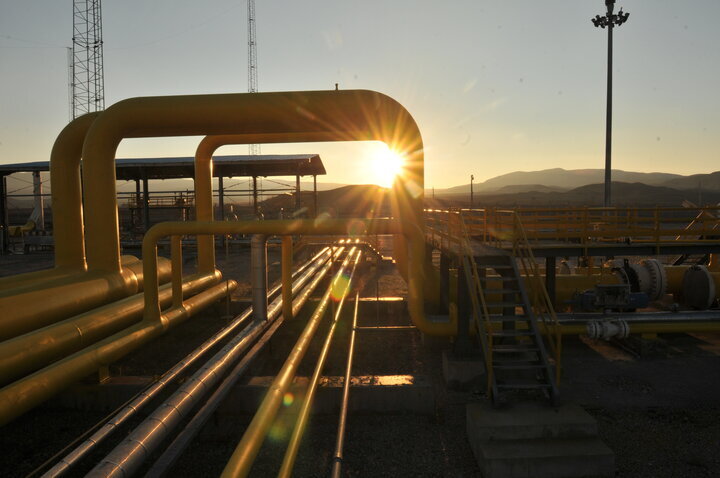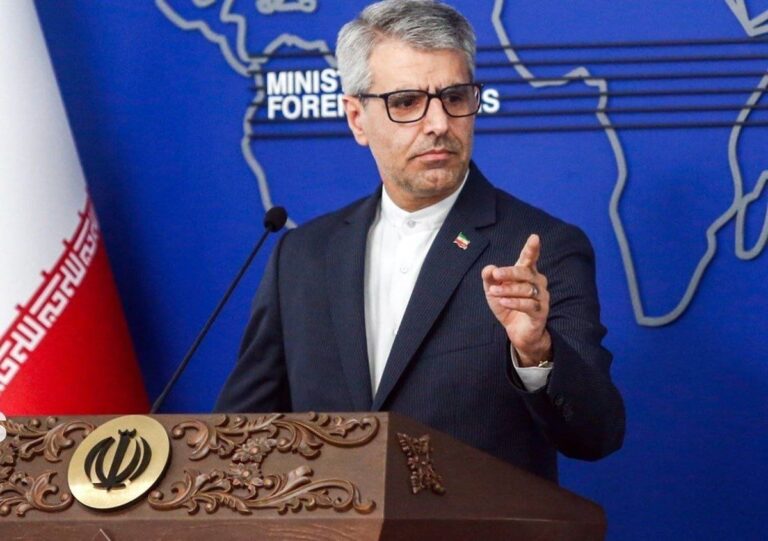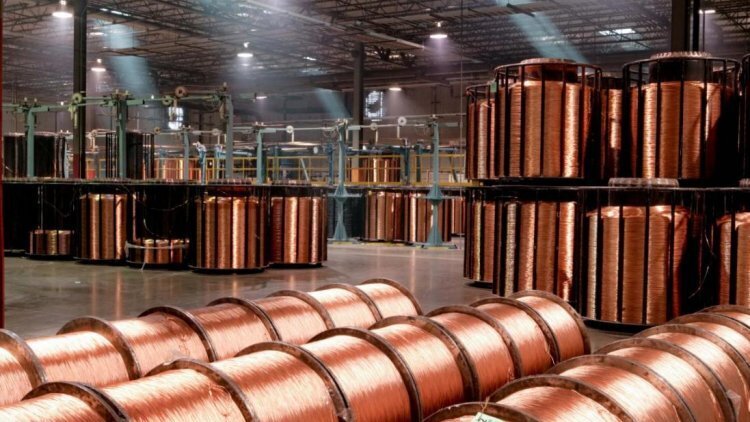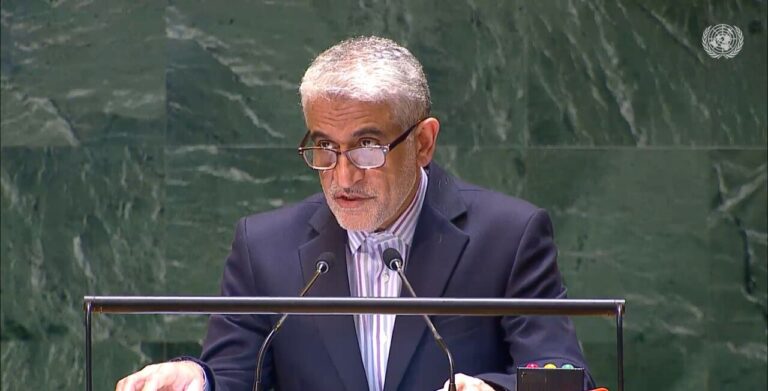Iran’s Gas Industry: Remarkable Advancements and Growth Since 1979
Iran boasts an impressive natural gas reserve of over 33 trillion cubic meters, representing approximately 17% of the world’s proven reserves. With an annual production of 275 billion cubic meters, Iran holds the title of the world’s third-largest gas producer. This article delves into the evolution and current standing of Iran’s natural gas industry, highlighting its significance in both domestic and global energy markets.
Historically, prior to the Islamic Revolution, Iran’s energy focus was predominantly on oil extraction, with natural gas often considered a mere byproduct. Consequently, many gas fields experienced flaring due to inadequate infrastructure, leading to a nationwide dependence on liquid fuels. However, the landscape shifted dramatically post-Revolution.
The development of the South Pars gas field, recognized as the largest gas field globally, has been pivotal. This field alone supplies over 70% of Iran’s gas consumption. The expansion of gas processing facilities in regions such as Ilam, Fajr Jam, and Hasheminejad has also significantly enhanced gas production. Today, Iran’s daily gas production capacity has surpassed 1 billion cubic meters, with nearly 600 million cubic meters processed daily across 13 South Pars gas refineries and integrated into the national grid. Natural gas now accounts for over 70% of Iran’s energy mix.
Over the past 46 years, the Iranian gas industry has experienced exponential growth, firmly establishing the nation as a critical player in the global energy market. Here are some of the key components of Iran’s gas industry:
- 20 Gas Refineries: Iran operates 20 active gas refineries, primarily situated in South Pars, which are essential for refining and processing natural gas for both domestic use and export.
- Refining Capacity: The capacity for refining and dehydration has reached over 1 billion cubic meters per day, thanks to the expansion of several facilities.
- Extensive Gas Pipeline Network: The gas pipeline infrastructure has grown from 2,900 kilometers in 1979 to over 40,000 kilometers, forming a crucial network for transporting natural gas across the country.
- Gas Pressure Boosting Stations: The number of pressure boosting stations has increased significantly, ensuring efficient gas transmission.
- Gas Distribution Network: Iran’s urban and rural gas distribution network ranks among the largest globally, expanding from 2,050 kilometers in 1979 to over 461,000 kilometers.
In addition to households, industries are significant consumers of natural gas, particularly power plants that are vital for electricity generation. Public facilities such as schools, hospitals, mosques, and government offices are also interconnected to the gas network. The number of gas-supplied units has soared from 51,000 in 1979 to an impressive 32 million by December 2024.
Furthermore, the growth of natural gas usage has led to a substantial reduction in fossil fuel consumption, decreased household energy costs, and enhanced environmental sustainability. The expansion of natural gas access is evident in the dramatic increase in subscribers—from just 47 in 1979 to nearly 29 million by December 2024.
Key statistics reflecting the development of Iran’s gas industry include:
- Gas Supply to Cities: The number of cities supplied with gas has surged from 9 in 1979 to 1,264 by December 2024, with 99% of cities now connected to the natural gas network.
- Rural Gas Supply: The number of villages supplied with gas has grown from 2 in 1979 to over 40,000 by December 2024, significantly improving public welfare.
- Daily Production Increases: Recent efforts have led to an increase of 33 million cubic meters in raw gas production daily.
- Residential Gas Consumption: In 2024, over 92 billion cubic meters of gas were allocated to residential and commercial sectors.
- Gas Consumption by Power Plants: Consumption in power plants rose to over 68 billion cubic meters in the year leading up to March 2024.
- Gas Exports: Iran has expanded its gas exports, reaching 16.6 billion cubic meters in 2023.
Additionally, energy savings initiatives have led to the issuance of 800 million cubic meters of energy savings certificates aimed at optimizing energy use across various sectors, including renewable energy projects and public transportation systems.
The Iranian government is also focused on enhancing its natural gas storage capacity to ensure a stable supply during peak demand periods. Currently, six storage projects are underway, aiming to hold 120 million cubic meters of gas, further solidifying Iran’s position in the global energy landscape.
In conclusion, the transformation of Iran’s gas industry over the past 46 years marks a significant achievement. This evolution has not only positioned Iran as a global energy powerhouse but has also drastically improved the quality of life for its citizens, ensuring that they have access to one of the cleanest and most efficient energy sources available.
Compiled by S. M. Ahmadi Al-e Hashem






